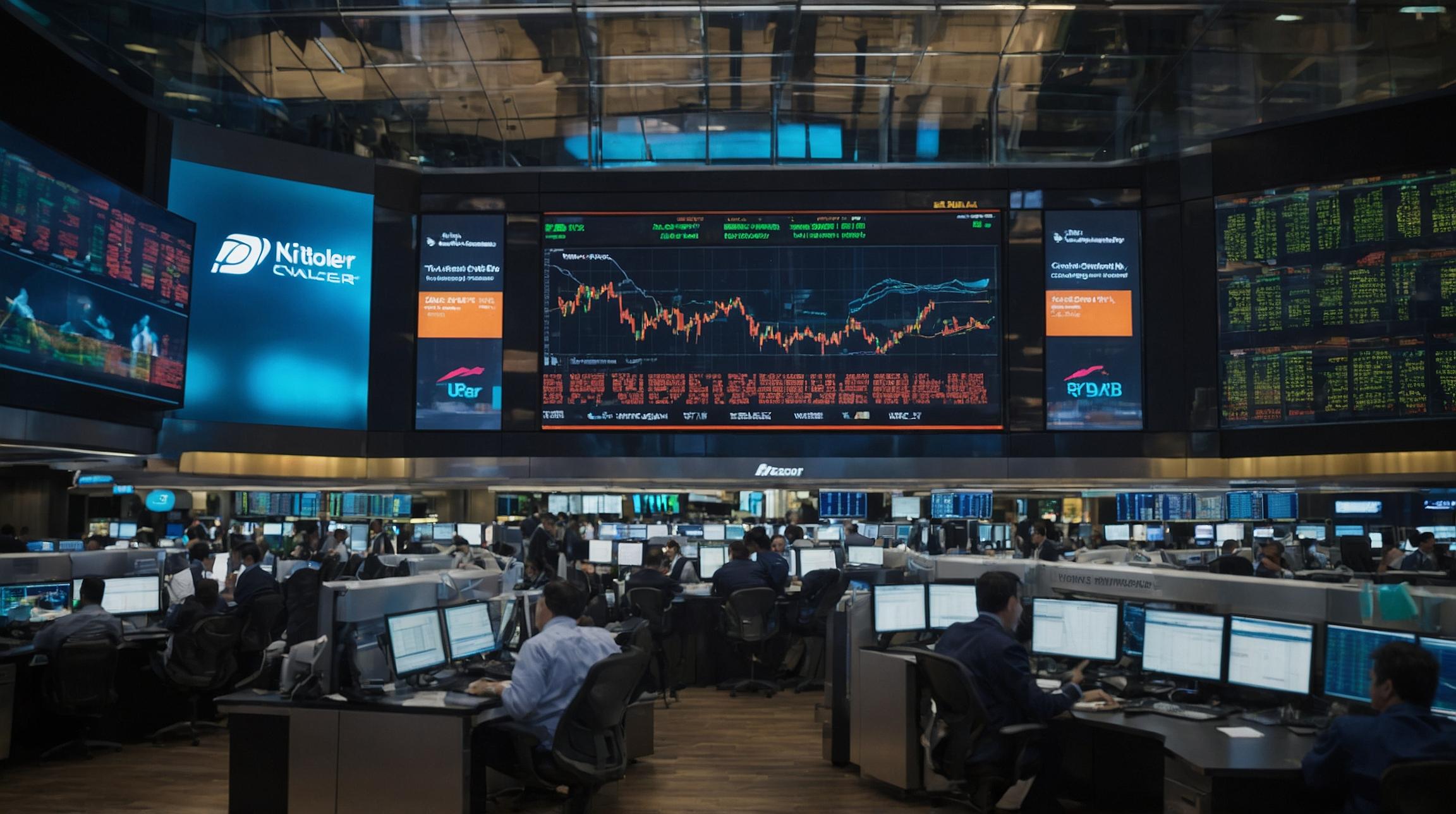Big Tech Capital Spending Under Microscope as AI Demand Surges
OpenAI’s unprecedented investment announcements have intensified Wall Street’s focus on capital expenditures among leading technology companies. As Microsoft, Alphabet, Meta, Amazon, and Apple prepare to release their quarterly earnings, investors are zeroing in on their infrastructure spending strategies amid the accelerating artificial intelligence boom. The hyperscalers are locked in a race to build out massive supercomputing data centers powered primarily by Nvidia AI chips, addressing the critical shortage of compute capacity and power needed to support generative AI models like OpenAI’s ChatGPT and Google’s Gemini.AI-Driven Capital Expenditure Surge: Market Context
The market has been captivated by AI’s transformative potential for nearly three years, fueling a frenzy of investment. However, the infrastructure demands have created a bottleneck in compute resources. OpenAI, valued at approximately $500 billion, has announced plans exceeding $1 trillion in infrastructure investments alongside partners such as Nvidia, Oracle, and Broadcom. While OpenAI’s scale is extraordinary, the four major internet hyperscalers are also ramping up spending. Unlike private OpenAI, these publicly traded companies must balance aggressive capital deployment with investor expectations to avoid stock volatility.Hyperscalers’ Capital Expenditure Outlook
- Microsoft: Projected to increase capex by 42% to $91.3 billion in fiscal 2025, after a 45% jump in the previous year. CFO Amy Hood highlights ongoing infrastructure shortages meeting AI demand.
- Alphabet: Raised 2024 capex target to $85 billion with expectations to increase spending further in 2026. Capital investments support Google’s cloud, AI lab DeepMind, and consumer products.
- Meta: Increased 2025 capex forecast to $69 billion, focusing on AI infrastructure to enhance ad targeting and AI-generated content. Analysts expect 84% capex growth in 2025.
- Amazon: Plans to spend over $100 billion in 2025 with a focus on AI chips like Trainium, data centers, and power infrastructure. Analysts forecast 41% capex growth this year.
- Apple: Lower capex relative to peers at $9.4 billion in 2024 but signaling increased AI-related investments. Capex expected to grow 28% in fiscal 2025 to $12.1 billion.
Investor Expectations and Strategic Focus
Investors are keenly watching these companies to gauge:- The sustainability and trajectory of capital spending amid rising infrastructure costs.
- Revenue growth linked to AI-powered products, including Microsoft’s Copilot and Google’s AI-enhanced search and ads.
- Meta’s use of AI to recover and enhance ad targeting capabilities post-Apple’s privacy changes.
- Amazon’s ability to maintain cloud leadership and leverage AI chips in its expanding infrastructure.
- Apple’s evolving strategy in AI infrastructure given its reliance on hybrid cloud models.
“There are trillions of dollars that are being earmarked to be spent relative to hundreds of billions of dollars of free cash flow generated by the Mag 7,” said Lauren Taylor Wolfe, co-founder of Impactive Capital, highlighting the lag in returns on AI infrastructure investments.
Company Highlights Ahead of Earnings
Microsoft CFO Amy Hood expressed ongoing supply constraints impacting AI infrastructure, aiming for improved availability by year-end. Alphabet CFO Anat Ashkenazi emphasized a rigorous demand assessment process to optimize capital allocation. Meta CEO Mark Zuckerberg reinforced conviction in AI’s transformative role across Meta’s platforms, while Amazon CFO Brian Olsavsky confirmed continued investment in AI chips and data centers. Apple’s leadership signaled increased AI-related capital expenditures, though on a smaller scale compared to peers.FinOracleAI — Market View
The hyperscalers’ capital expenditure trends reflect an inflection point in the technology sector driven by AI innovation. The scale and pace of investment underscore the critical importance of compute infrastructure as a foundation for future growth. However, market participants should remain cautious about the timing of returns, given the current disconnect between enormous capital outlays and near-term free cash flow generation.- Opportunities: Potential for AI infrastructure investments to unlock new revenue streams and competitive moats in cloud and AI services.
- Risks: Elevated capital spending could pressure margins and stock valuations if revenue growth does not keep pace.
- Watchpoints: Investor reactions to earnings commentary on spending trajectories and AI product monetization.
- Technology Dependencies: Reliance on Nvidia chips and partnerships may influence supply chain dynamics and cost structures.













